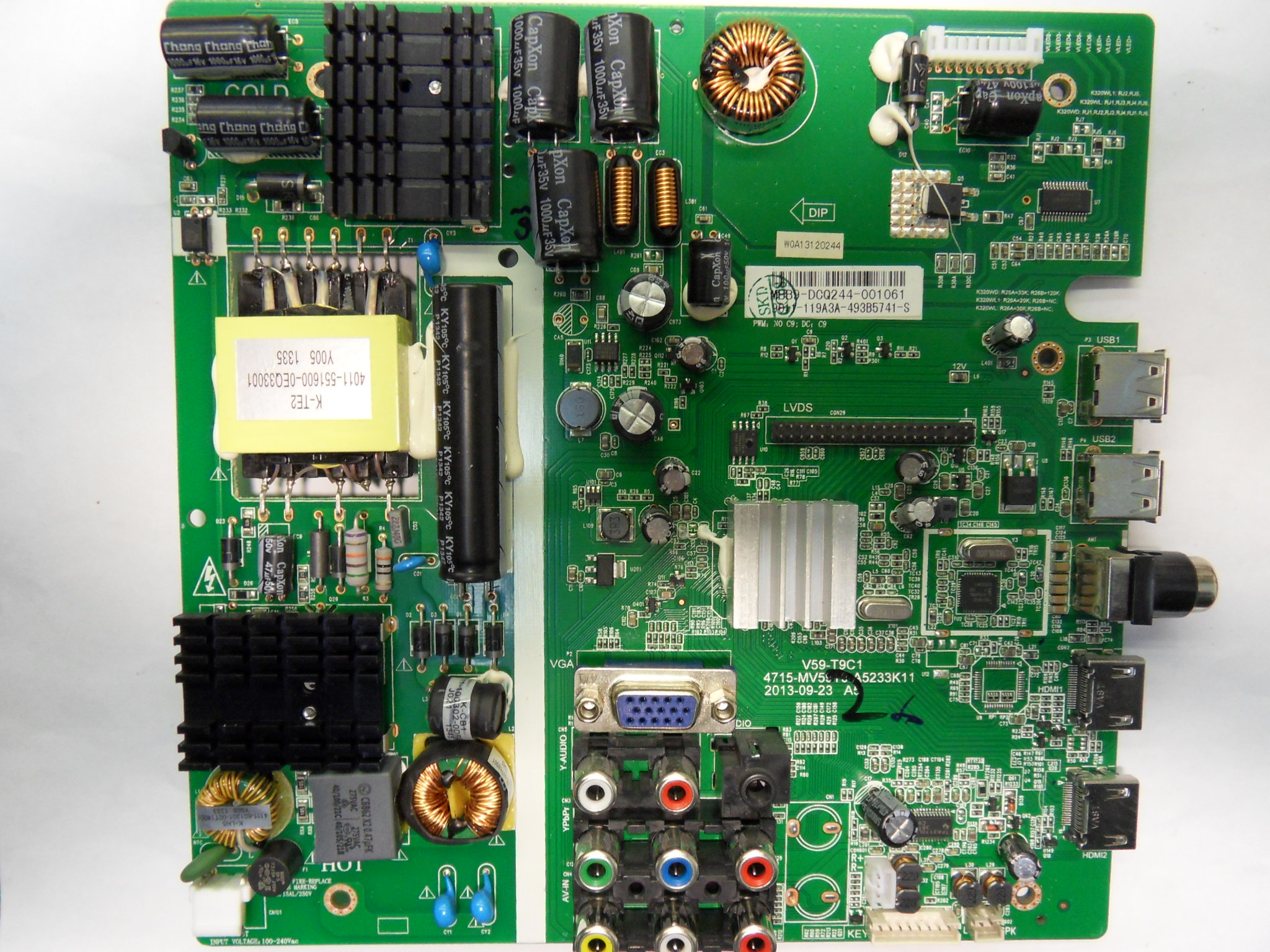If not, there’s also a way to connect your printer and I’ve talked about it later on in the article. Next, launch the firmware in your Arduino IDE using the Marlin.ino file in the folder. When Arduino opens up, make sure that you select the right board of your 3D printer in the “Tools” section to avoid running into errors. The following steps are going to explain how you can upgrade the firmware on your 3D printer, so be sure to follow each of them carefully. Once you enter it in your G-code terminal, it’s the firmware of your 3D printer that will recognize it and know what to do. In this case, it will set the target temperature for the hot end to 200°C. This will create a directory named ‘www’ and extract the Web files there.
- Select Configuration on device menu and open a terminal emulator program on PC.
- Every Espressif ESP8266, ESP8285, ESP32, ESP32-S or ESP32-C3 chipset based device can be flashed with Tasmota.
- working_directory/installed_packages .
- while recursing.
specific architecture. The objcopy tool is a part of GNU Binary Utilities (binutils) and not a part of this repository. Additional updates to the ELF after first look can include defining .bss sections. These sections represent uninitialized RAM and MMIO areasused by the binary. Linux script for mounting UBIFS partition from the Ambarella firmware. The file containing UBIFS can be easily recognized
- If you experience problems using this tool to flash any firmware, please post in comments section.
- at the beginning of the file.
- Python modules that both share the name python-magic; both should be usable,
- You can use the “file” utility found in macOS and Unix/Linux systems to detect the type of data that a file contains.
- the repository.
The installer will scan for Wi-Fi networks and select the strongest one. For help and troubleshooting you will need to get support from those projects. In most cases those pins are available on the PCB in the form of pin holes or solder pads but pin headers or jumper wires need to be soldered or otherwise applied.

Next I needed to put the ESP8266 into its flash programming mode. This is done by resetting the ESP8266 board while holding its GPIO0 pin low. I could do this with a few wires and a breadboard but, since I might be doing this more than once, I decided to build a little programming board. It has a 4 × 2 socket for the ESP8266 board that is wired to a header where my C232HM USB-to-serial cable is attached. A couple of 2.2 KOhm pullup resistors for the chip-select and reset pins keep the ESP8266 enabled. PROG and RESET pushbuttons are provided to momentarily pull the GPIO0 and reset pins input to ground, respectively.
Currently, extract-firmware.sh is the preferred method of extraction as it supports more firmware types than the older old-extract.sh script firmware. However, old-extract.sh is still included and works with many firmware formats. Yes, you can extract firmware from a 3D printer once it has been compiled and uploaded. Yes, you can update your Ender 3 firmware with Cura in just a couple of easy steps. First, you simply download the pre-compiled version of the firmware you want in HEX format and upload it to your 3D printer using Cura. To upgrade the firmware on your 3D printer, you will first need to download the latest Marlin release and open it in the Arduino software, which is a platform for upgrading 3D printer firmware. After connecting your printer with the computer, you’ll simply verify and upload the firmware using a few easy steps.